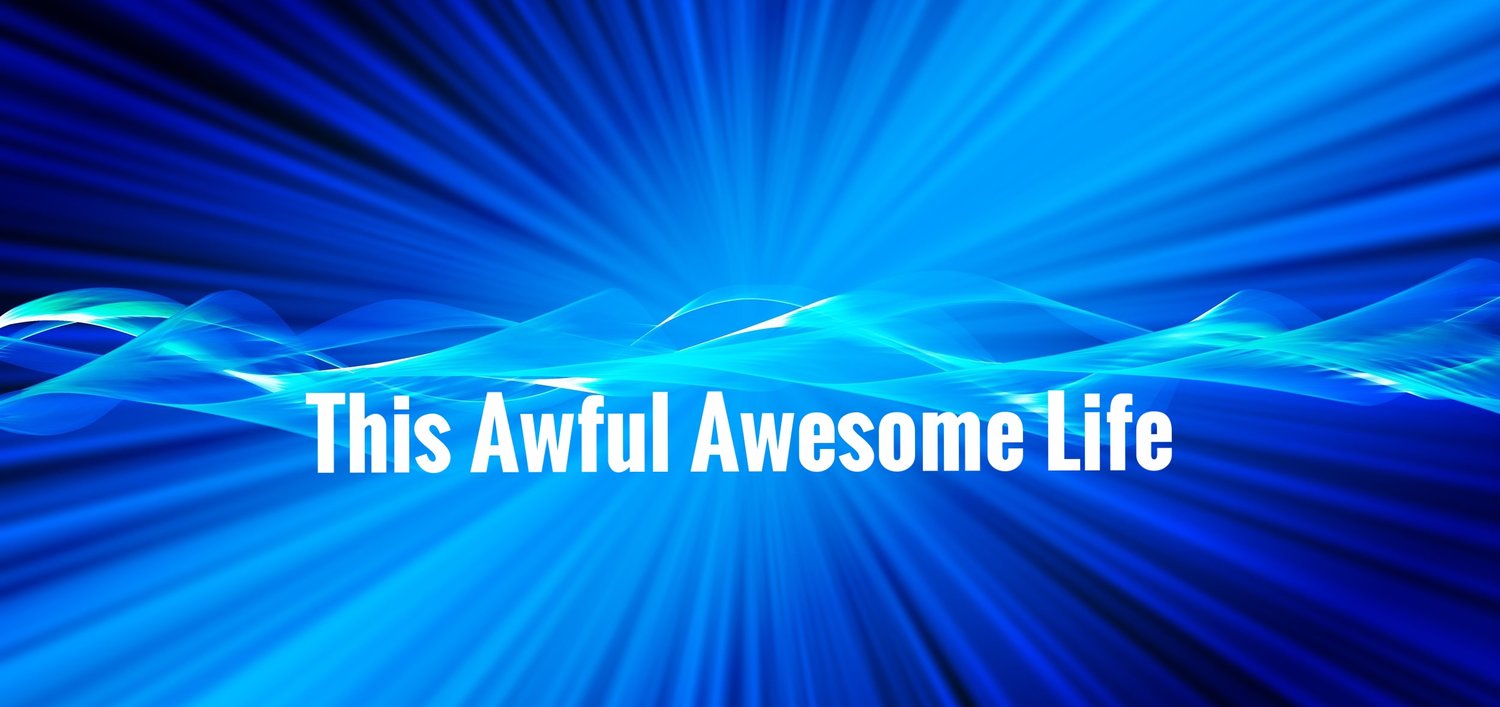What’s in a doodle? Maybe a new idea.
Many authors doodle in their manuscripts.
Pushkin’s doodles are works of art, but he probably wasn’t intending them to be anything but an aid to his imagination.
Proust doodled, too. And Dostoevsky and Balzac, also.
Leonardo da Vinci would look at splotches on walls to get ideas. Splotches opened his imagination, suggested new relationships.
A splotch or doodle brings chance into a writer’s plans, permits the detour that might lead where no one else has thought.
I recall a painter’s website that I now can’t find.
He took photos of his paintings as he was painting them, to show his daily progress and to help young painters learn the craft.
One of his paintings was of a very conventional reclining nude.
The painter was on the point of finishing it when he decided that the woman’s body wasn’t sufficiently depressing the sofa—so in a fit of anger, he doodled the most fantastical hatted men overtop the image.
The weird hatted men made an incongruous and wonderful contrast with the realistic reclining nude—and I wanted immediately to buy the result.
But a day later, he whitewashed the canvas, and started again with his original idea: the same conventional reclining nude.
The moral is: make doodles, and also look at them. Maybe you’ve made something wonderful!
* Orlando Bartro is the author of Toward Two Words, a novel about a man lost in a Mansion of Left Turns who finds yet another woman he never knew, available at Amazon. He is currently writing two new novels. You can hear more of his insights into fiction at the Grassy Elbow at Youtube.








